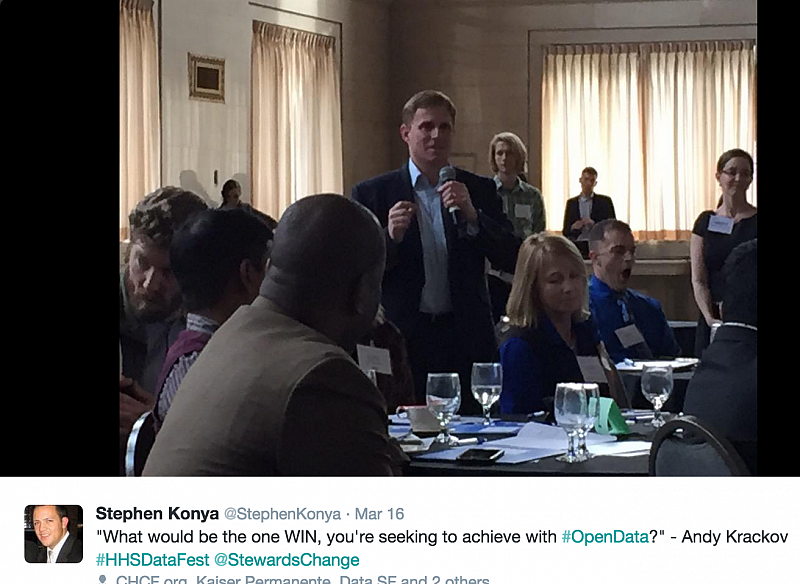California Open Health Data effort opens doors for journalists and the public

In a boon for journalists, the state of California quietly has been releasing public health and health care datasets on a new portal.
The California Health and Human Services Open Data Portal provides easily downloadable datasets usually accessible only through Freedom of Information requests or by combing through dozens of PDF reports that cannot be easily sorted and analyzed.
The state has published 55 datasets since its soft launch last August, but continues with its health data rollout. The next published dataset – expected this week – will have information on hospital-acquired infections. Journalists can use this valuable data to report on the quality of care in local hospitals. Open data advocates believe that publicly sharing such performance measures will put pressure on low-performing hospitals to up their game.
Another database on the new portal provides location data on health care facilities and could be overlaid on demographic profile maps to show how equitably health care facilities are distributed.
Journalists at the New York Times recently took advantage of yet another dataset on the site, which shows where residents claimed religious exemptions to avoid measles immunizations.
The “free the data” movement has been rippling through local, state and federal agencies in recent years. Some jurisdictions are putting data long buried in reports online in a more accessible form. San Francisco is tracking pedestrian fatalities by location data to make decisions on street improvements. The Chicago Department of Public Health goes even further, using predictive analysis of “big data” to assess which restaurants are more likely to violate safe food handling rules and to target them for food inspections.
Jay Bhatt, chief innovation and strategy officer at the Chicago Department of Public Health, writes in the Huffington Post that “even a small improvement in prediction can have a significant impact in how to allocate resources.

Meanwhile, civic coders used the California open data portal to take things down to the consumer level with “WICIT,” an app that tells users their eligibility for the WIC program and the location of state offices that provide food vouchers to poor women who are pregnant or have infants and young children.
So many states and cities are building open data portals that it has created a thriving business for Seattle-based Socrata. New York launched the first state open data health portal in 2013. California launched its open health data effort in late 2013, spurred on by the California Health Care Foundation.
“We want to help make open data even more of a part of the fabric of California,” said Andy Krackov, a senior program office who heads up the foundation’s “Free the Data” initiative.
With funding from the foundation, California built its open health data portal in less than a year, but project leaders say the tougher work lies ahead. Most of the datasets put online first contained clean data that was already ready for public viewing. As the project progresses, resources will have to be spent to clean up dirty data. That requires open data champions who have to overcome considerable bureaucratic resistance.
“We started incrementally with the department most ready and eager to go – Public Health,” said Michael Wilkening, undersecretary of California’s Health and Human Services Agency, speaking at a two-day “Open Datafest” hosted by the agency this week in Sacramento with support from the California Health Care Foundation, the California Wellness Foundation and ESRI, a maker of GIS mapping software.
Another leader in the effort put up a slide at the event that summed up obstacles to change within departments. Its laundry list of perceived barriers read:
- Too expensive
- Too much work
- Data is dirty
- We will look bad
- We won’t get approval
- No one will use it
Participants at the Sacramento Open Datafest event are in the vanguard of the state’s open data movement. Epidemiology and informatics specialists, chief information officers and coding enthusiasts, they shared a sense of mission that came from challenging the status quo in government departments more comfortable with guarding information than sharing it.
Shell Culp, the former information officer at California Health and Human Services Agency, helped lead the discussions at the Open Datafest in her new role as chief innovation officer at the Stewards of Change Institute. She urged the de facto civil service coder corps within state health agencies to embrace a sense of mission that will be key for all of us who rely on data to tell stories.
“All of you in the room,” she said, “have an obligation to keep a culture of change going.”
Top image by Justin Grimes via Flickr.

